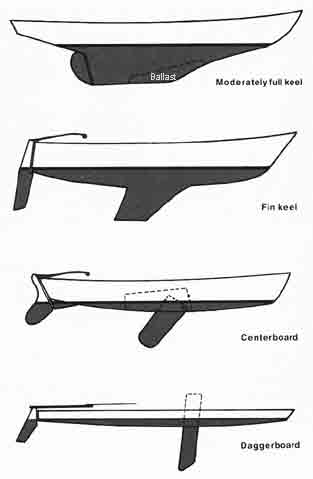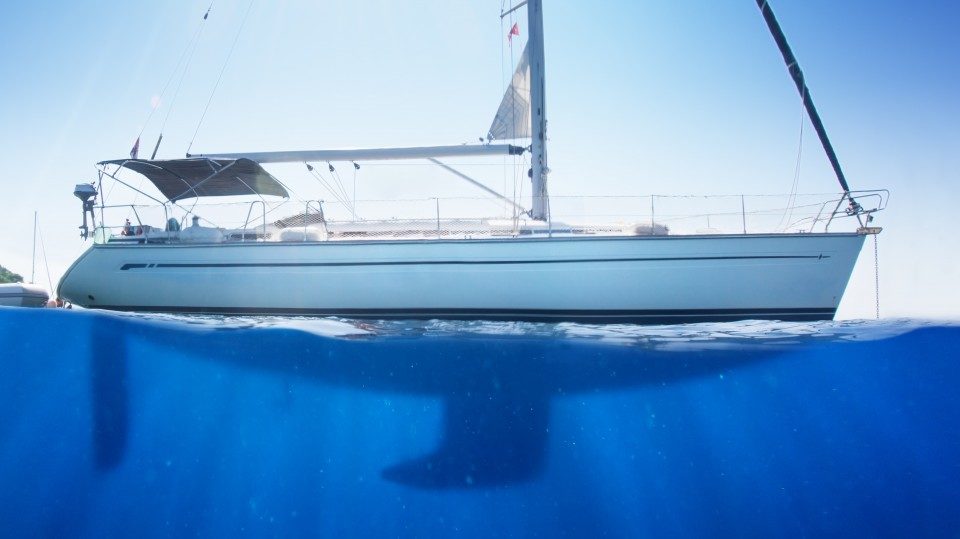Sailboat Keel Types
There is a wide variety of keels, each with particular characteristics that make them more suitable for certain types of navigation. The keel is the backbone of the ship’s skeleton that helps keep the boat upright, reducing sideways movement, while the rudder (or rudders, some ships have two) steers the boat. The boat is controlled by a wheel or tiller.
In inflatable boats and multihulls the keel, which prevents lateral drift, does not have any additional weight, but in the case of larger monohulls they have ballast keels which also provide a lever to improve the stability of the boat; the more weight under the hull, the more stability it will provide.
What is A Sailboat Keel?
The keel is the very bottom part of your sailboat. It keeps the boat from capsizing. Choosing the right keel for you is very important. Racers and open sea cruisers must have the deepest keels for more stability in rough water and into the strong winds. A disadvantage of a deep keel is the limit of the spots you can reach without running aground. A shallow keel is what you need if you are sailing offshore or even when doing long coastal voyages. Shallow keels are better and easier to find safe anchorages. Also, there is less risk of running aground. Sailboats with a full keel keep their course better and are better for long distances. But, if you are going many maneuvers near shore, a full keel is a bad idea. In this case, a fin keel is better for you. Now, let’s talk about the specific keel types:
Here is a List of The Most Popular Sailboat Keels:
Fin Keel
The fin keel is the most common type of keel, it is a single narrow keel under the boat, right in the middle. It usually contributes between 30% and 45% to the weight of the boat. They are very efficient, but it is not the ideal keel for shallow waters.
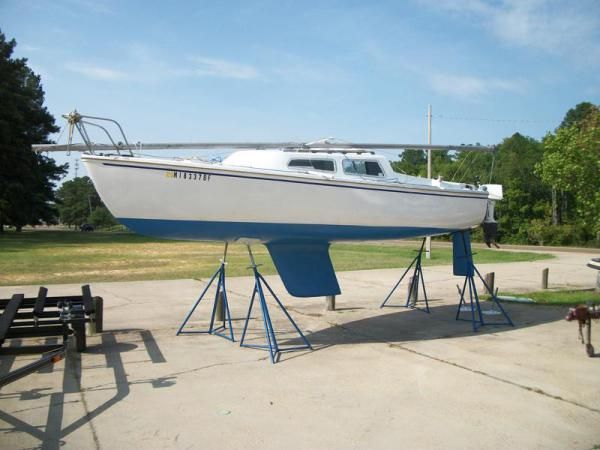
Bulb Keel
This is a variation of the fin with the weight concentrated in a bulb at the bottom. This type of keel is intended that by increasing stability and concentrating the weight a little higher, it can be used to reduce draft and thus assist navigation in shallow waters.
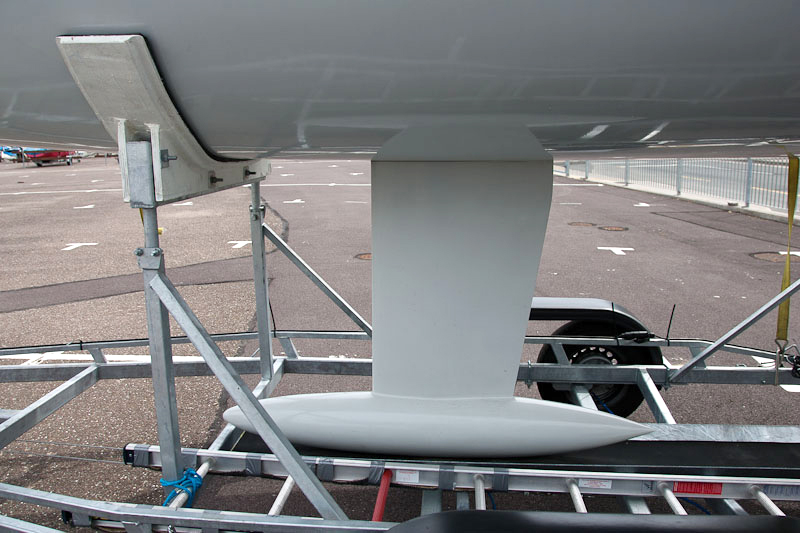
Full Keel (Or Long Keel)
This longer, shallower keel is usually found on traditional sailing boats. Although popular on long-distance cruises, boats with a full keel are often difficult to maneuver when they are downwind and need to make a large turning circle.
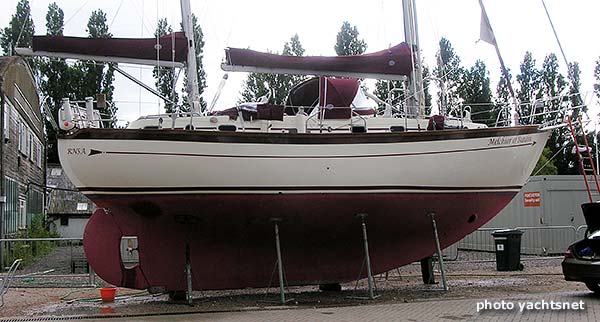
Also Read: Fin Vs Full Keel
Twin Keel
A twin keel boat has two shallow keels located one on each side of the hull centreline. Its main advantage is the possibility for the boat to remain standing on the sand during low tide, as well as having a stabilizing effect of reducing rolling. They are most commonly found in small boats but are not as effective in reducing drift.
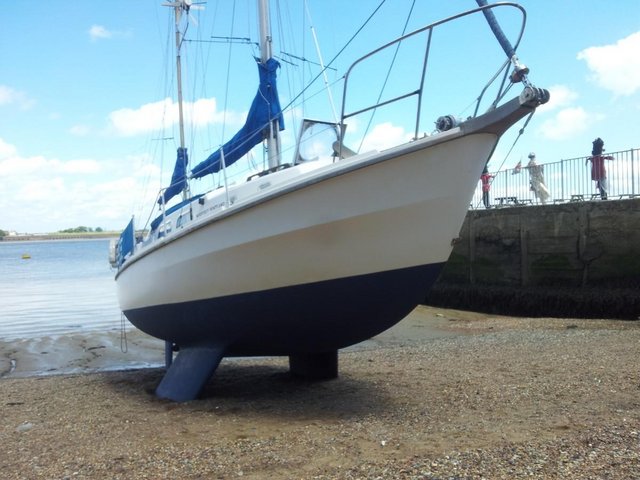
Pivot Daggerboard and Battened Daggerboard
These daggerboards are mobile, so they can withstand the range of maneuverability. Instead, they can be removed inside the hull of the boat to reduce the draft in shallow water, or when leaving or reaching the shore. The pivoting daggerboards rotate on a pin that allows the bottom to pivot upwards, towards the inside of the boat, while the batten daggerboards slide up and down vertically.
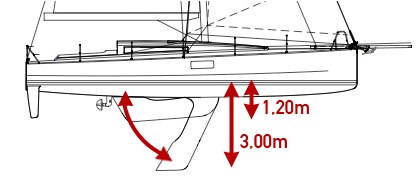
Retractable Keel and Pivoting Keel (Lifting keels)
Similar to the pivoting daggerboard (pivoting keel) and battened daggerboard (retractable keel), but with an addition to the ballast to help stability. These are ideal for shallow waters and are often found on small cruise ships designed for trawling or exploring tidal currents.
